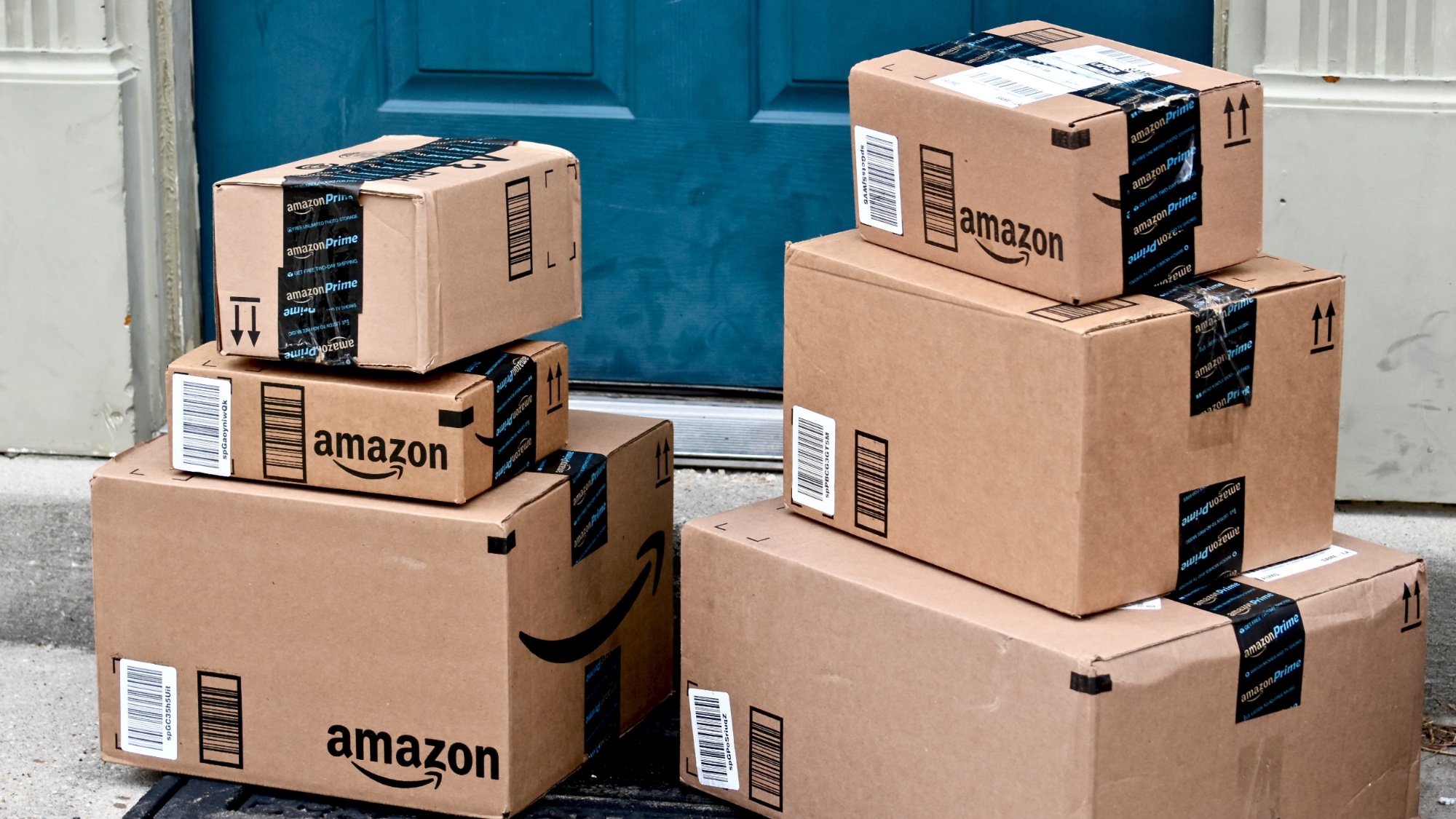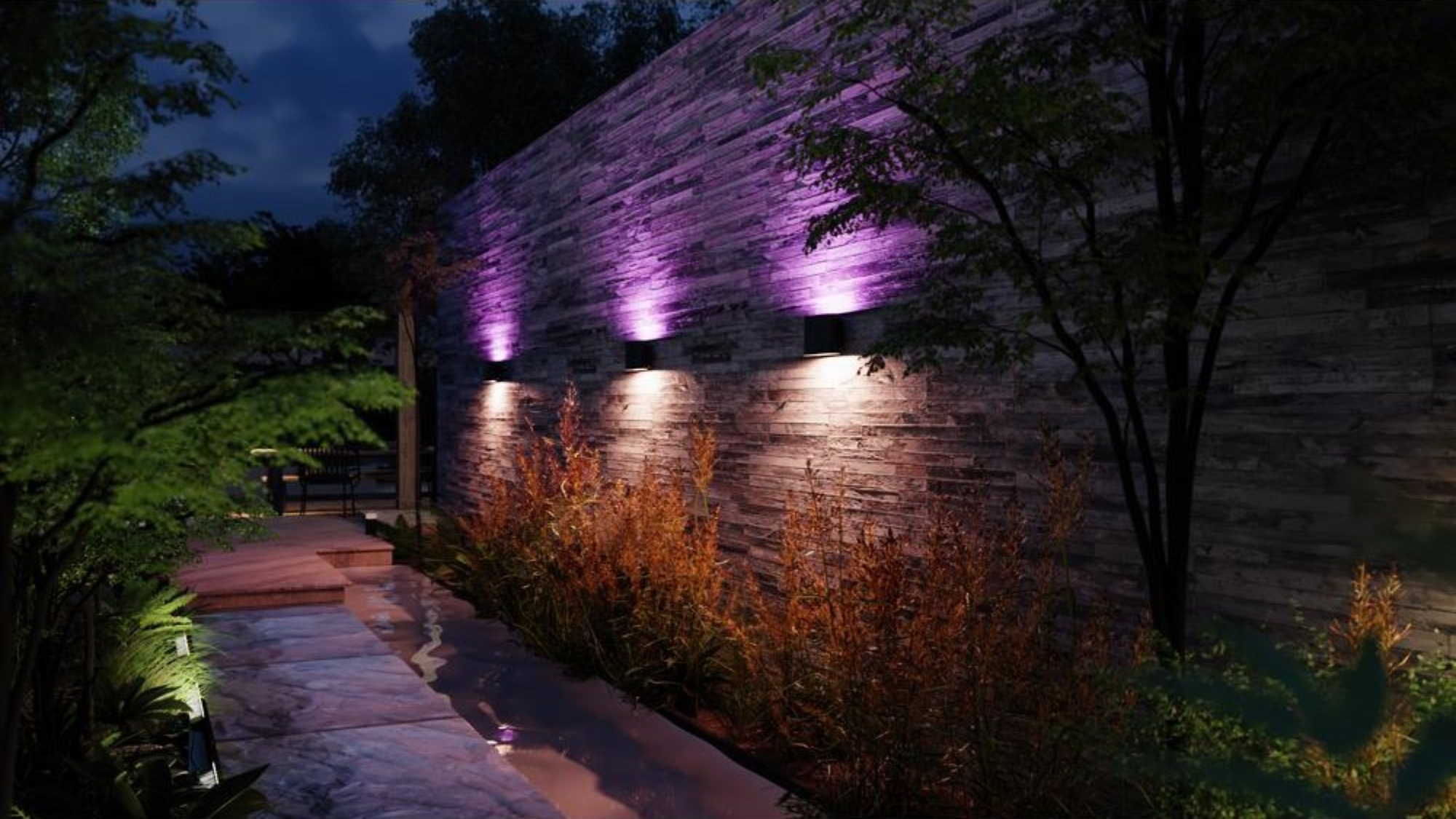
The best home security cameras can do more than just keep an eye on your house. When paired with the best smart home devices, they can make your living space more convenient and secure. They can tell your gadgets to take specific actions when motion is detected and provide a live look at your smart home in action. Beyond protection, this takes your smart home's functionality to new heights.
In the guide below I'll cover five useful ways to use your camera as a trigger for various routines. From automating the best smart lights to controlling your climate, read on to see how easy it is to get your camera connected to your smart home platform of choice.
Link the camera to your smart home app
First and foremost, you need to ensure that the security camera you buy is compatible with your existing smart home devices. For example, Ring cameras are popular but their smart home functionality is tied to the Amazon Alexa ecosystem while Nest cams are locked to Google. Third-party companies like Arlo, Eufy, and Tapo work across all platforms. Simply place your camera, connect it to W-Fi, and pair it with your smart home to get started.
With the major three platforms (Alexa, HomeKit, and Google Home) this is as simple as going to the "Devices" section, hitting the add new button (designated by a plus sign), and searching for the camera on the same network. Alexa may require you to find your camera company's app under the "Skills" section to unlock extended functionality like voice controls. Once you see your camera in your list of smart home devices, you will be able to work it into routines.
For Alexa smart homes
For Google smart homes
Create automated routines using your camera
For Alexa and Google smart homes you'll need to enter the "Routines" section to create your blueprint. Think of the process to building out an automation as a simple logic puzzle. So if something happens — in this case, the camera detects motion — then what do you want to happen as a response? With these building blocks you can trigger an action from all types of other smart home devices.
HomeKit users have mostly the same process but just need to navigate over to the "Automation" tab, create new, and select when sensor detects something as the trigger then your action as a response to create the automation. Here are a few ideas and the steps to set them up.

Package and person detection

Some cameras that support package detection allow you to use the feature as a smart home trigger. For example, I can use the Ring doorbell in my Alexa app to kick off a routine with the "when a package is detected" option. This alerts you the second a package hits your stoop so you can tell a smart speaker to play a tone, have lights flash a certain color, or receive a basic notification on your phone. My colleague Anthony did something similar (albeit without a camera) when he made his mailbox smart earlier this year.
With person detection, you can automate your smart speaker to make an announcement when someone approaches your home from a specific camera such as the front or backyard. That way you can anticipate where your visitor is coming from.
Turn up the sprinkler on late night trespassers

You can create a routine that turns on nearby smart sprinklers when your outdoor camera detects motion after hours. If your sprinkler system doesn't reach your desired area (or isn't internet-connected) you can simply pair a smart hose faucet like the Rachio Smart Hose Timer and a sprinkler head attachment to your existing hose to turn it into a defense system.
I use the Rachio on the faucet to the right side of my back door. Since the device relies on an Amazon skill, I had to create the automation in Alexa using the Custom Action button, which tells the Rachio timer what to do when motion is detected after hours. If someone approaches my door between midnight and 7 AM the camera detects this, it sends the command "Alexa, ask Rachio to start zone one for three minutes." During the day, you can take things even further by having your camera tell your smart blinds to close when someone approaches a window.
Turn on lights when motion is detected

Arriving home after dark? No problem. You can have outdoor or interior entryway smart lights turn on automatically when you get back late. If motion is detected where it shouldn't be after hours you can set your smart speaker to play a warning sound and send a notification to your phone. Of course, these are just the basics you can flesh out an entire DIY home security system.
Adjust climate controls

Use your camera to detect occupancy and adjust your home’s temperatures based on when you're home or not. For example, set your smart thermostat to energy-saving mode when no motion is detected for a certain period. Then when motion is detected you can have it kick on automatically rather than set a schedule in advance.
Connect one of the best dehumidifiers or one of the best air purifiers to a smart plug, and your camera can talk to these appliances as well. For example, you can have them turn on when you're in a certain space and off when you leave. Some of the newer smart dehumidifiers and air purifiers, which can connect directly to Alexa or Google assistant, even let you skip this step.
Control smart plugs
You can turn your smart plugs on or off once the camera detects motion (or hasn't over a set period of time). I use this with my Tapo smart plug and C120 camera to turn on my living room lamp and TV when I walk through my back door at night so I'm greeted by the relaxing sights of Roku City. This camera and smart plug combo can be especially helpful in areas like a basement where you can easily forget to turn off the lights, TV, or even an air conditioner.

Integrating your security camera with your other smart home devices helps you create a more responsive and intelligent home. With companies like Google and Wyze supporting advanced features such as facial recognition, I wouldn't be surprised of a future where AI takes actions for specific household members. For example, it would be helpful if a camera recognized you or your family as you approached your door to automatically unlock your smart lock. Still, today's automations are far from basic, with the ability to kick off useful tasks.







